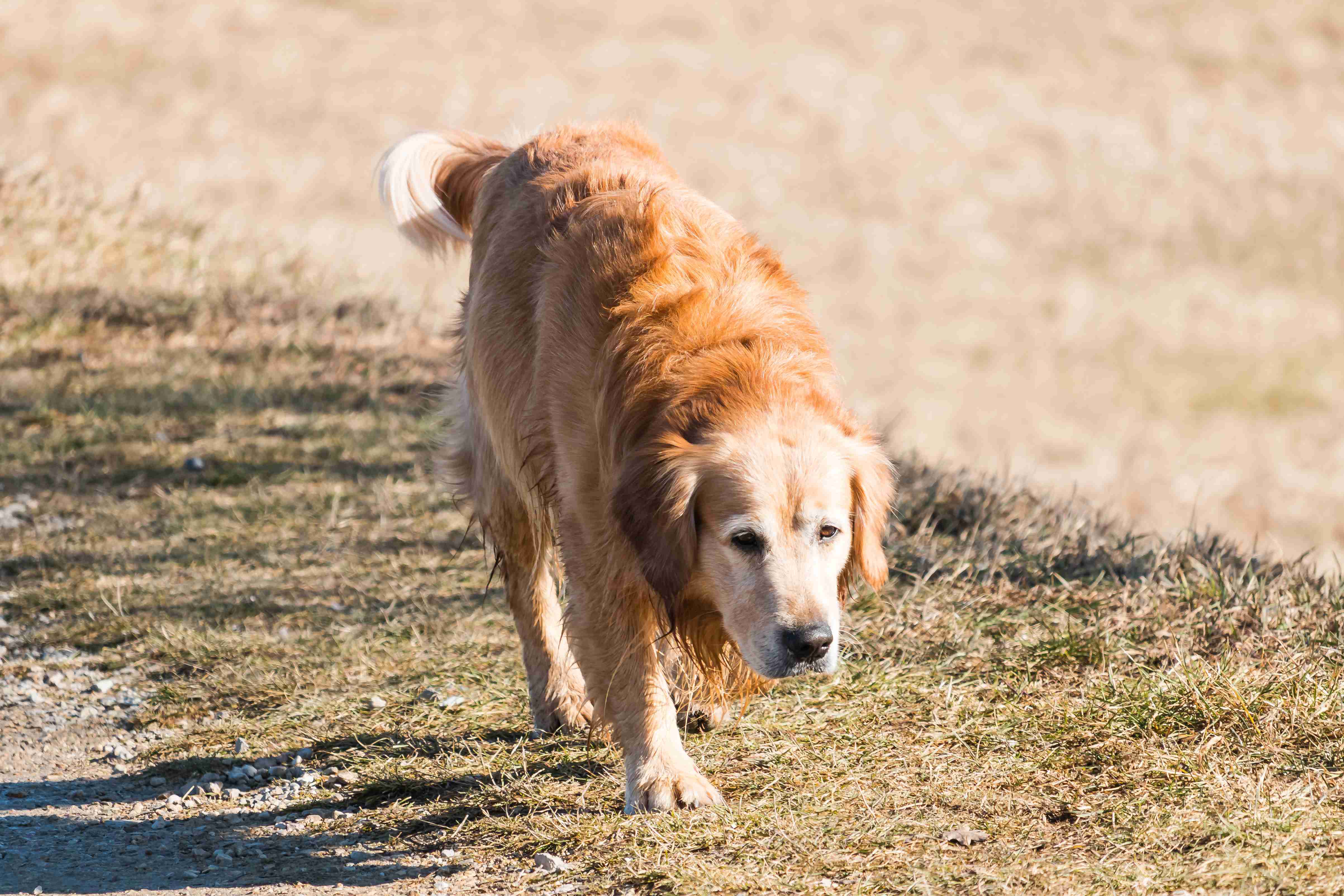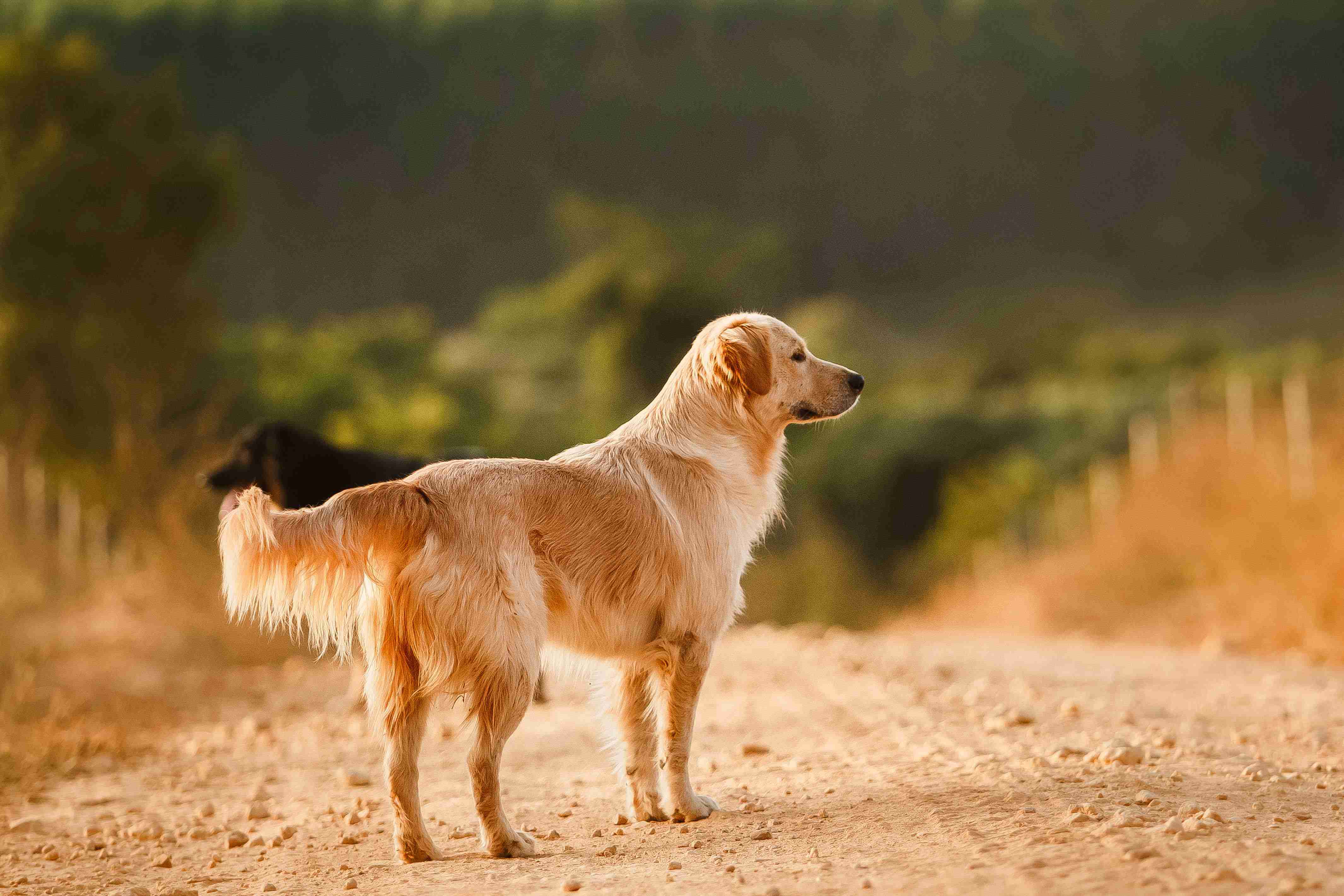Congratulations on your new Golden Retriever puppy! Bringing home a furry bundle of joy can be an exciting experience, but it also comes with a lot of responsibility. As a new owner, you may find yourself overwhelmed with the task of helping your puppy transition into their new home. But don’t worry, with the right tips and tricks, you can make the process smooth and enjoyable for both you and your new best friend. In this blog post, we’ll provide you with valuable advice on how to help your Golden Retriever puppy adjust to their new life with ease. So, let’s get started!
Congratulations, you’re a new owner of a Golden Retriever puppy! Bringing home a new addition to your family is an exciting time, but it can also be overwhelming. As a responsible owner, you want to ensure that your furry friend is happy, healthy, and well-adjusted in their new home. In this guide, we’ll provide you with tips and tricks for a smooth transition into Golden Retriever puppy ownership.
1. Create a Safe and Comfortable Space
Your new puppy needs a safe and comfortable space to call their own. This can be a crate, pen, or designated area of your home. Make sure this space is comfortable and has plenty of bedding, toys, and water. This will not only provide your puppy with a sense of security but will also help with potty training.
2. Establish a Routine
Establishing a consistent routine is crucial for a smooth transition. This includes feeding times, potty breaks, playtime, and nap time. A routine will help your puppy feel more secure and will also make training easier.
3. Socialize Your Puppy
Socializing your puppy is one of the most important things you can do as a new owner. Introduce your puppy to new people, places, and other dogs. This will help your puppy learn how to interact with others and will also prevent behavioral issues down the road.
4. Start Training Early

Training should start as soon as possible. This includes basic commands such as sit, stay, and come. Positive reinforcement is key to successful training. Use treats and praise to reward good behavior.
5. Provide Plenty of Exercise
Golden Retrievers are active dogs that require plenty of exercise. Make sure your puppy gets daily exercise through walks, playtime, and other activities. This will not only keep your puppy healthy but will also prevent destructive behavior.
6. Stay Consistent
Consistency is key when it comes to raising a well-behaved Golden Retriever. Stick to your routine and training methods. This will help your puppy understand what is expected of them and will also prevent confusion.
7. Seek Professional Help When Needed
If you’re struggling with any aspect of Golden Retriever puppy ownership, don’t hesitate to seek professional help. A veterinarian or professional dog trainer can provide guidance and support.
owning a Golden Retriever puppy can be a rewarding experience. With the right preparation and care, you can ensure a smooth transition into puppy ownership. Remember to provide a safe and comfortable space, establish a routine, socialize and train your puppy, provide plenty of exercise, stay consistent, and seek professional help when needed. With these tips and tricks, you’ll be on your way to raising a happy and well-behaved Golden Retriever.
By following these tips and tricks, new Golden Retriever puppy owners can ensure a smooth transition for both themselves and their furry friend. Remember to be patient, consistent, and loving, and your Golden Retriever puppy will soon become an integral part of your family. With proper training and care, they will grow up to be loyal, affectionate, and well-behaved companions for many years to come. Enjoy the journey, and savor every moment with your new furry friend!





.jpg)
%20-%20Copy.jpg)
.jpg)
%20-%20Copy%20-%20Copy.jpg)